Table of Contents
Verb forms are a fundamental aspect of the English language. They are the words that express action, occurrence, or state of being. Verbs can be used in a variety of ways, such as in the present tense, past tense, and future tense. They can also be modified by auxiliary verbs to express different aspects of time and mood.
Present Tense Verb Forms
The present tense is used to describe actions that are happening now or habits and routines that are ongoing. In English, there are two types of present tense verb forms: the simple present and the present continuous.
The simple present is formed by adding the base form of the verb to the subject. For example:
I eat breakfast every day.
She walks to work in the morning.
The present continuous is formed by using the auxiliary verb “to be” followed by the present participle of the main verb. This form is used to describe actions that are currently in progress. For example:
I am eating breakfast right now.
She is walking to work at the moment.
Past Tense Verb Forms
The past tense is used to describe actions that have already happened. In English, there are two types of past tense verb forms: the simple past and the past continuous.
The simple past is formed by adding “-ed” to the base form of regular verbs, or by using the second form of irregular verbs. For example:
I walked to the store yesterday.
She sang a beautiful song last night.
The past continuous is formed by using the auxiliary verb “to be” in the past tense, followed by the present participle of the main verb. This form is used to describe actions that were in progress in the past. For example:
I was walking to the store when it started raining.
She was singing a beautiful song when her phone rang.
Future Tense Verb Forms
The future tense is used to describe actions that will happen in the future. In English, there are two types of future tense verb forms: the simple future and the future continuous.
The simple future is formed by using the auxiliary verb “will” followed by the base form of the verb. For example:
I will go to the store tomorrow.
She will sing at the concert next week.
The future continuous is formed by using the auxiliary verb “will” in the future tense, followed by the present participle of the main verb. This form is used to describe actions that will be in progress at a future point in time. For example:
I will be walking to the store at 8 AM tomorrow.
She will be singing at the concert for two hours.
Other Verb Forms
In addition to the tenses mentioned above, there are several other verb forms in English, including the perfect tenses, the passive voice, and the subjunctive mood.
The perfect tenses are formed by using the auxiliary verbs “have” or “had” followed by the past participle of the main verb. These forms are used to describe actions that were completed at a certain point in time. For example:
I have eaten breakfast already.
She had finished the book by the time I arrived.
The passive voice is formed by using the auxiliary verb “to be” followed by the past participle of the main verb. This form is used when the subject is the recipient of the action rather than the performer. For example:
The book was written by John.
The cake was baked by my mom.
Verb forms of v1,v2,v3
V1, V2, and V3 are the three main verb forms in English. These forms are also known as the base form, past form, and past participle form, respectively.
V1 (Base Form): This is the simplest form of the verb, which is the present tense form of the verb. For regular verbs, the base form is formed by adding ‘-s’ or ‘-es’ to the root form of the verb. For example, the base form of the verb ‘walk’ is ‘walk’, and the base form of the verb ‘watch’ is ‘watches’.
V2 (Past Form): This form is used to talk about past events or actions. For regular verbs, the past form is formed by adding ‘-ed’ to the root form of the verb. For example, the past form of the verb ‘walk’ is ‘walked’, and the past form of the verb ‘watch’ is ‘watched’.
V3 (Past Participle Form): This form is used to form the present perfect tense and the past perfect tense. For regular verbs, the past participle form is formed by adding ‘-ed’ to the root form of the verb. For example, the past participle form of the verb ‘walk’ is ‘walked’, and the past participle form of the verb ‘watch’ is ‘watched’.
It’s worth noting that irregular verbs have different forms for their past and past participle forms. For example, the past form of the irregular verb ‘go’ is ‘went’, and the past participle form is ‘gone’.
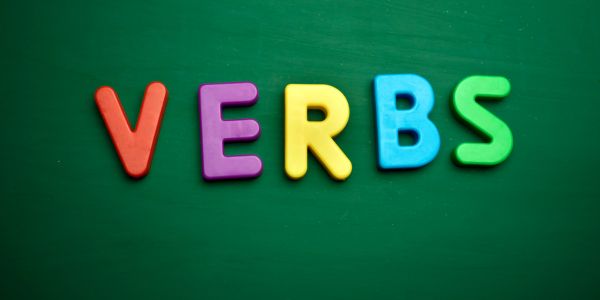
Three forms of verbs
The three forms of verbs are:
Base form: It is the simplest form of the verb, also known as the infinitive form. It is the form of the verb that appears in the dictionary. For example, the base form of the verb “to walk” is “walk”.
Past form: It is the form of the verb used to describe an action that has already happened in the past. It is usually formed by adding -ed to the base form of regular verbs. For example, the past form of the verb “walk” is “walked”.
Past participle form: It is the form of the verb used to form various verb tenses such as present perfect, past perfect, and passive voice. It is usually formed by adding -ed to the base form of regular verbs. For example, the past participle form of the verb “walk” is “walked”. However, irregular verbs have their own unique past participle form. For example, the past participle form of the irregular verb “eat” is “eaten”.
What is V1 V2 V3 V4 V5 verbs?
V1, V2, V3, V4, and V5 are different forms of verbs, which are used to indicate different tenses, moods, and aspects of an action.
V1 (the base form or infinitive) refers to the verb in its original form, which is typically used to express a simple present tense or an imperative mood. For example: “to walk,” “to run,” “to jump.”
V2 (the past simple or past participle) is the second form of the verb that is used to indicate a past tense or a past participle. For example: “walked,” “ran,” “jumped.”
V3 (the past participle) is the third form of the verb that is used to indicate a perfect tense or a passive voice. For example: “walked,” “run,” “jumped.”
V4 (the present participle) is the fourth form of the verb that is used to indicate an ongoing or continuous action in the present tense. For example: “walking,” “running,” “jumping.”
V5 (the third-person singular present tense) is the fifth form of the verb that is used to indicate a present tense when the subject is a third-person singular noun or pronoun. For example: “walks,” “runs,” “jumps.”
Note that not all verbs have a distinct V4 or V5 form, and some verbs may have irregular forms that do not follow this pattern.
What is 3rd form of loss?
The 3rd form of the verb “lose” is “lost.”
Also, read OTT full form

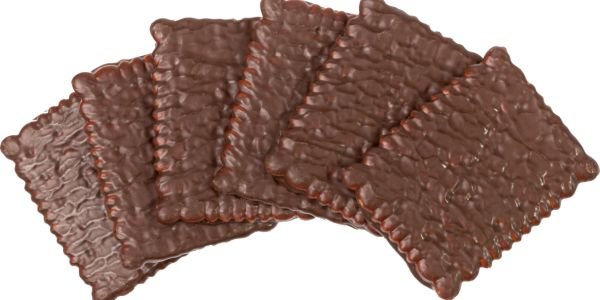



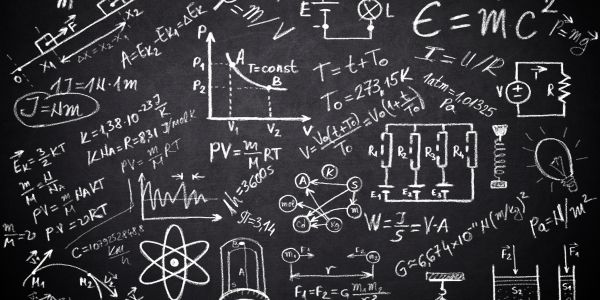
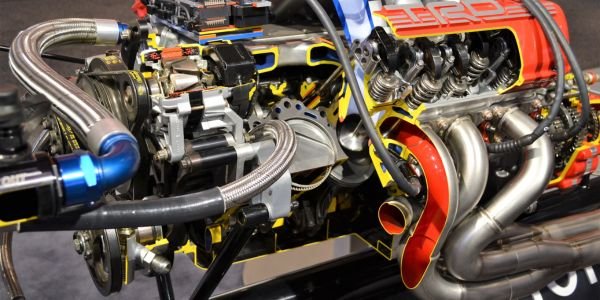




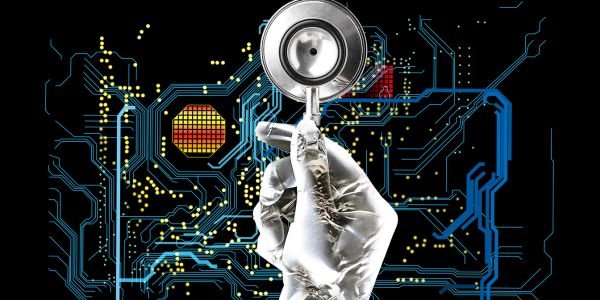








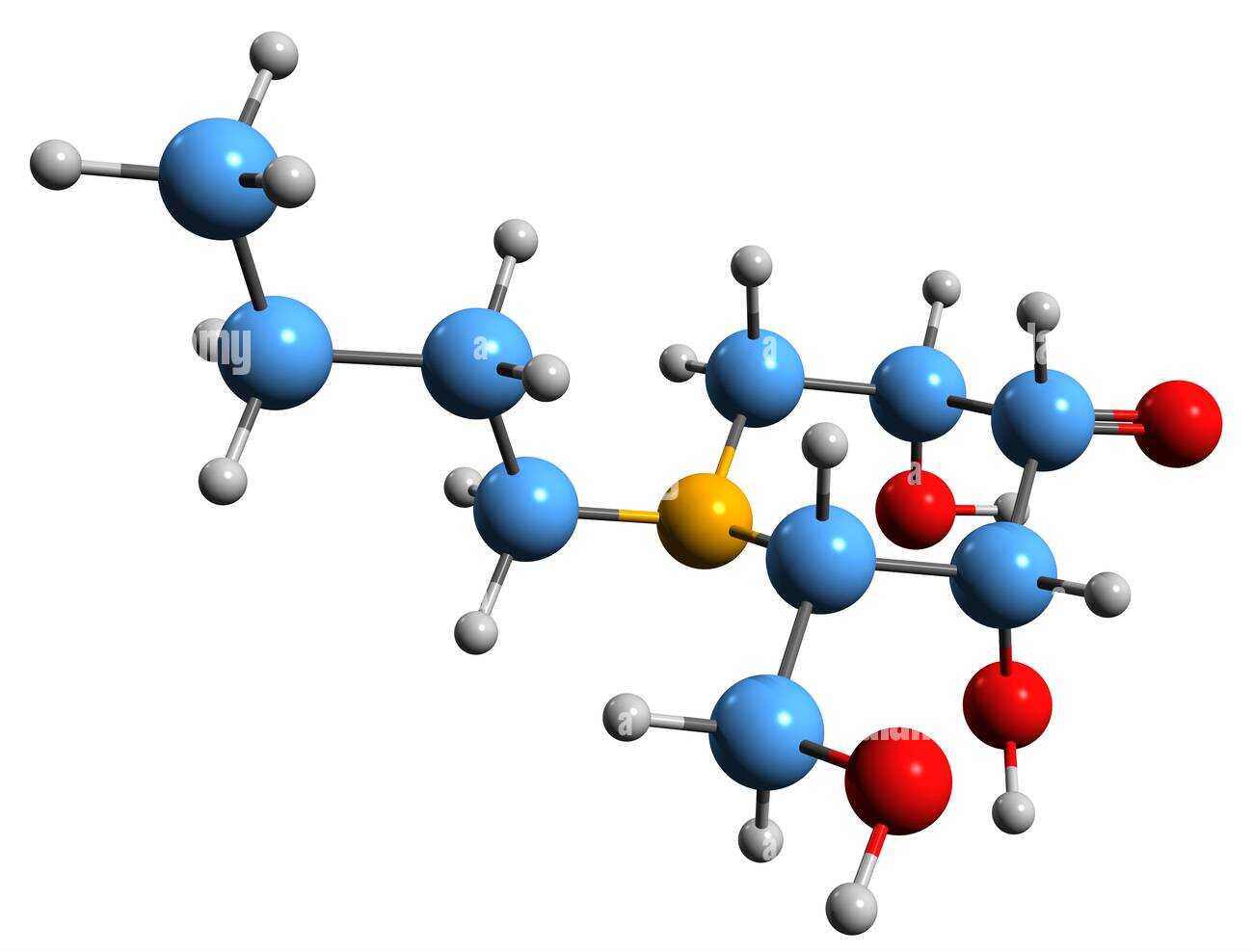


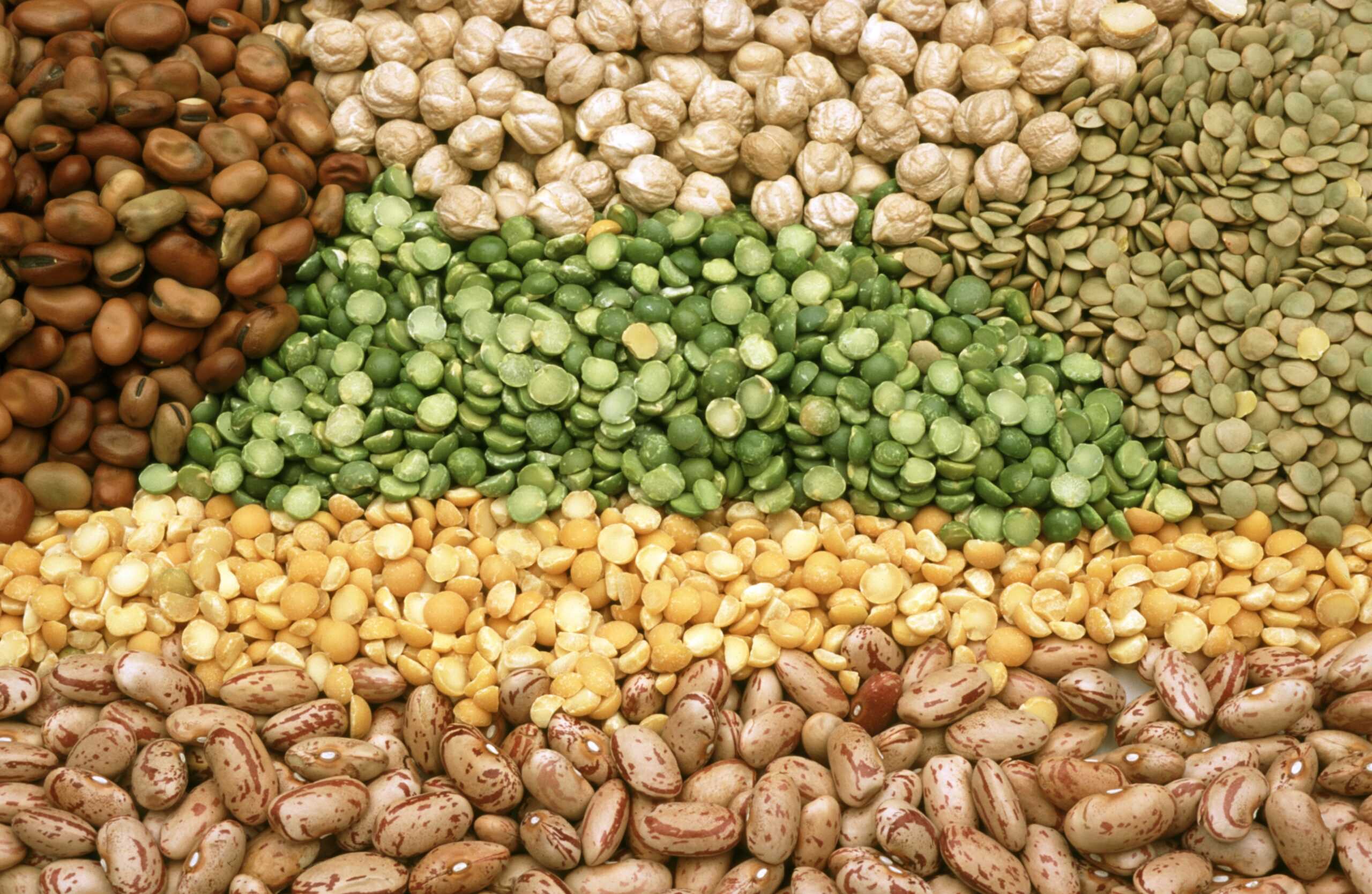


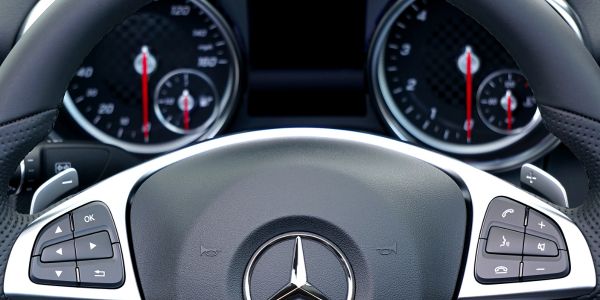





Comment on “Verb forms – Present, Past, & Future Detailed Information”
Comments are closed.